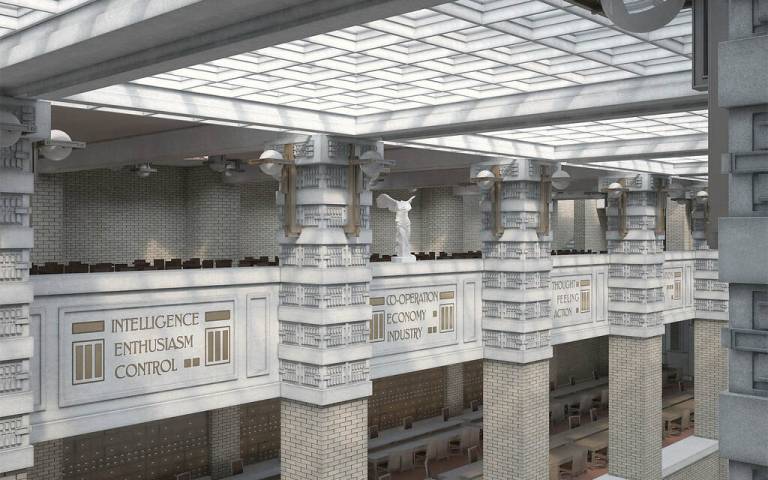
Bartlett Research Conversations: Petra Seitz
Tue 02 November 2021
16:00 -17:30
MPhil/PhD student Petra Seitz discusses her research into how the design of office spaces primarily serve the larger needs and machinations of capitalism, rather than specific work functions.
Where do you cry in an open office? Commercial Office Interiors and the Labour Process
Abstract
The Coronavirus pandemic has placed the design, use and future of office space under unprecedented scrutiny. However, despite this increased attention, decades-old assumptions and understandings about office spaces remain unquestioned.
This doctoral research suggests that history of the office can most accurately be described as one of continuity, with the form and function of office spaces determined not by specific work functions, but by larger needs and machinations of capitalism.
Expanding on concepts proposed in Harry Braverman’s 1974 seminal 'Labor and Monopoly Capitalism', this paper posits it is capital’s need to control not only the amount of work produced by laborers, but also the way in which work is carried out which drives office design. Utilizing Braverman’s labor process framework, it is further argued that from the factory to the Googleplex, capital’s fundamental need to control how work is executed has led to the development, ubiquity, and longevity of the particular office designs.

General Info